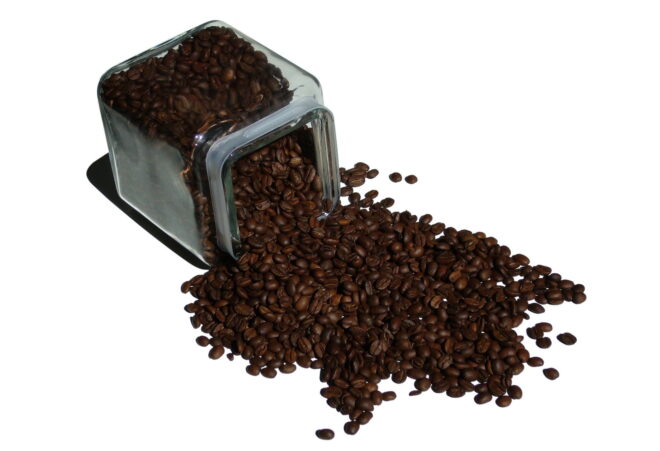
Please see the more recent and updated article Baal Hatanya’s Zmanim Added to KosherJava Zmanim Library for more current information.
Question:
How do I calculate the בעל התניא Baal Hatanya’s Zman for Shkiah as 4 minutes after sunset using the KosherJava Zmanim API?
Answer:
I was recently asked how to use the Zmanim API to calculate the Baal Hatanya’s opinion is that shkiah (halachic sunset) is 4 minutes after civil sunset. The assumption that the Baal Hatanya’s shkiah is a fixed 4 minutes after sunset is not that simple and will require a separate post to clarify. This zman should not be used lehalacha without consulting a rov. This post shows how to us the API assuming that it is a fixed 4 minutes after sunset. The technique to calculate this with the API is identical to the way getTzais72() would be calculated. The source of that method is
public Date getTzais72() {
return getTimeOffset(getSeaLevelSunset(), 72 * MINUTE_MILLIS);
}
The getTimeOffset(Date time, double offset) method in the base class AstronomicalCalendar is very simple:
public Date getTimeOffset(Date time, long offset) {
if (time == null || offset == Long.MIN_VALUE) {
return null;
}
return new Date(time.getTime() + offset);
}
The getTimeOffset method simply adds the number of milliseconds of the offset to the raw time of the zman and returns it as a date. While using the API itself is not needed for such a simple calculation, here is how it would be used:
String locationName = "Jerusalem";
double latitude = 31.778; // Har habayis
double longitude = 35.2354;// Har Habayis
double elevation = 0;
TimeZone timeZone = TimeZone.getTimeZone("Asia/Jerusalem");
GeoLocation location = new GeoLocation(locationName, latitude, longitude, elevation, timeZone);
ZmanimCalendar zc = new ZmanimCalendar(location);
Date baalHatanyaShkiah = zc.getTimeOffset(zc.getSeaLevelSunset(), 4 * 60000);
System.out.println("Baal Hatanya Shkiah: " + baalHatanyaShkiah);
Adding it to the API itself would be even simpler:
public Date getShkiahBaalHatanya() {
return getTimeOffset(getSeaLevelSunset(), 4 * MINUTE_MILLIS);
}
At some point in the future I may (doubtful) add this time to the API itself. The zman is not commonly used, and the Chabad calendars that I have seen all use regular sunset.
Update on July 5, 2015 – י״ח תמוז תשע״ה: This article was updated to clarify that the Baal Hatanya’s opinion may not be a fixed 4 minutes, but that the post was showing how to use the API to calculate it based on the questioner’s assumption that it was a 4 minute zman.
Update on Dec 14, 2018 – ו׳ טבת תשע״ט: This article was superseded with the more recent and corrected article Baal Hatanya’s Zmanim Added to KosherJava Zmanim Library.
 The Zmanim API version 1.3.0 was released on March 4th, 2013
The Zmanim API version 1.3.0 was released on March 4th, 2013 


 There are various software projects using the KosherJava Zmanim API. One of the active ones is Jay Gindin’s open source
There are various software projects using the KosherJava Zmanim API. One of the active ones is Jay Gindin’s open source